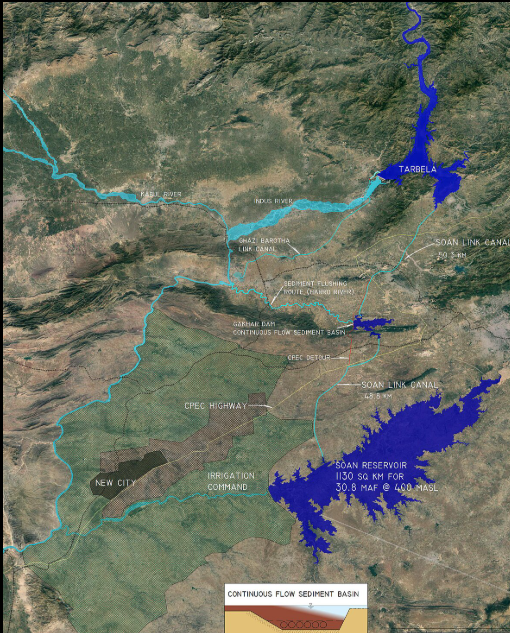Which region of pakistan is experiencing severe problem due to climate change
Climate Change in Pakistan: The Regions Most at Risk
Pakistan is among the countries most severely affected by climate change, despite contributing less than 1% to global greenhouse gas emissions. Rising temperatures, floods, glacial melt, and extreme weather events are reshaping lives across the country. Some regions, however, are experiencing the brunt of this crisis more than others.
1. Sindh – Heatwaves and Floods
Sindh has become the epicenter of climate disasters in Pakistan. Cities like Jacobabad and Dadu are now globally recognized as some of the hottest places on Earth, where summer temperatures can cross 50°C. Extreme heatwaves put human health at risk, cause crop failures, and trigger water shortages.
In 2022, Sindh was also devastated by unprecedented floods that submerged one-third of the province, destroying homes, roads, and farmland. With both extreme droughts and floods, Sindh represents the sharp face of climate vulnerability.
2. Balochistan – Drought and Water Scarcity
Balochistan, Pakistan’s largest province by area, is facing chronic droughts and diminishing water resources. Rainfall has dropped significantly, and groundwater is depleting at alarming rates. Agriculture and livestock – the backbone of rural livelihoods – are suffering, pushing communities into poverty and migration.
Climate change is accelerating desertification in Balochistan, threatening not only food security but also social stability.
3. Khyber Pakhtunkhwa & Gilgit-Baltistan – Melting Glaciers
The mountainous regions of Khyber Pakhtunkhwa (KP) and Gilgit-Baltistan (GB) are home to some of the world’s largest glaciers outside the polar regions. Rising global temperatures are causing rapid glacial melting and the formation of dangerous glacial lakes.
This has led to frequent Glacial Lake Outburst Floods (GLOFs), which sweep away villages, farmland, and infrastructure. Landslides and unpredictable rainfall further threaten the lives of people in these fragile ecosystems.
4. Karachi & Coastal Areas – Rising Sea Levels
Pakistan’s coastline, particularly Karachi and the Indus Delta, is highly vulnerable to sea-level rise, cyclones, and coastal erosion. Saltwater intrusion is contaminating freshwater and agricultural land, displacing communities dependent on fishing and farming.
Why Pakistan is So Vulnerable
- Heavy reliance on the Indus River Basin for agriculture and water supply.
- High population density in climate-sensitive regions.
- Limited infrastructure to cope with extreme weather.
- Economic dependence on climate-sensitive sectors like farming and livestock.
Conclusion
Pakistan’s climate crisis is not just an environmental issue—it is a social, economic, and humanitarian challenge. Sindh’s heatwaves and floods, Balochistan’s drought, KP and GB’s glacier melt, and Karachi’s rising seas show how diverse the threats are.
Urgent action is needed, from sustainable water management to renewable energy adoption, disaster preparedness, and community awareness. Without these steps, climate change will continue to reshape Pakistan’s geography and threaten millions of lives.
Written By
Environmental engineer .Anwar ul haq
University of Miskolc Hungary

